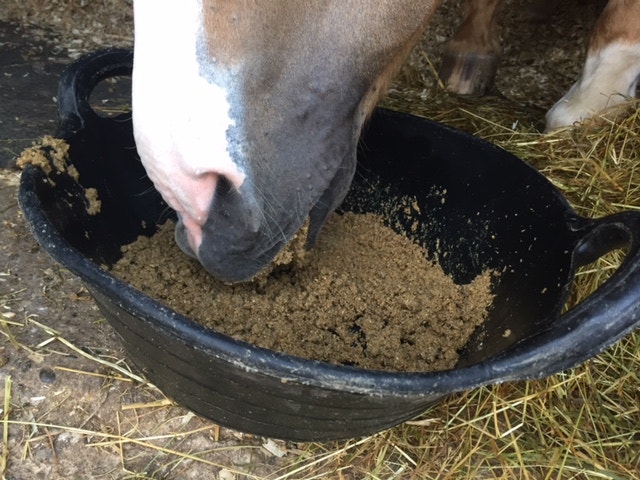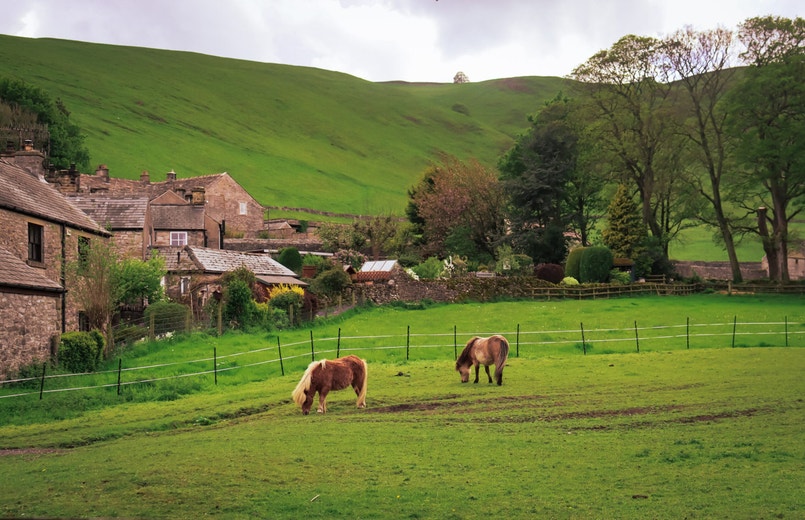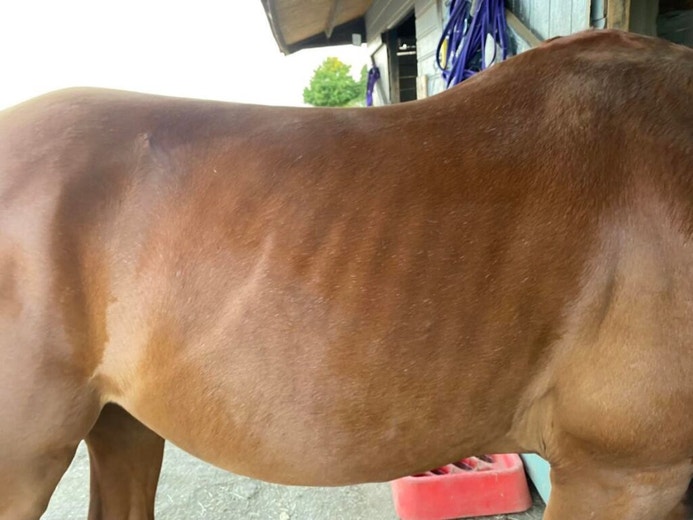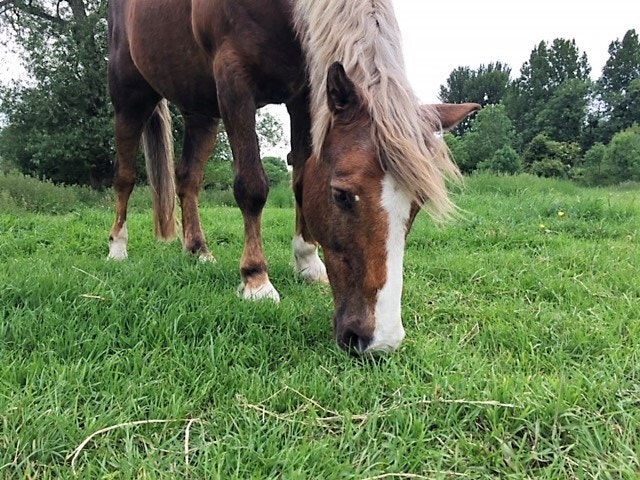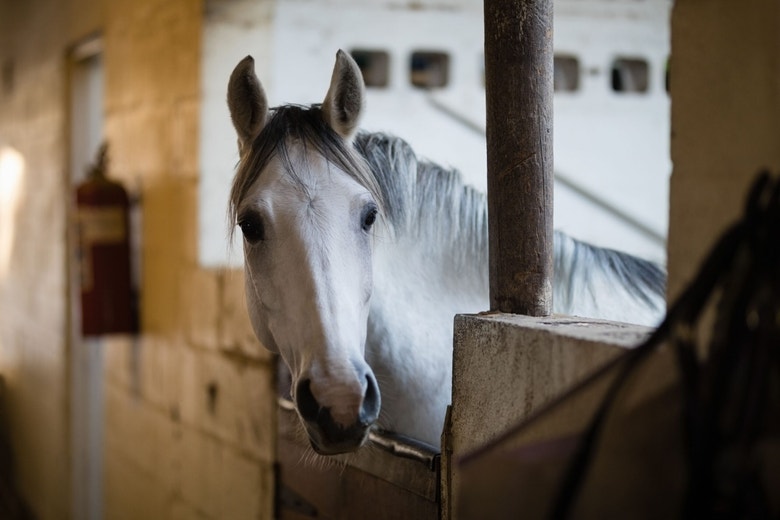Tips for winter weight gain
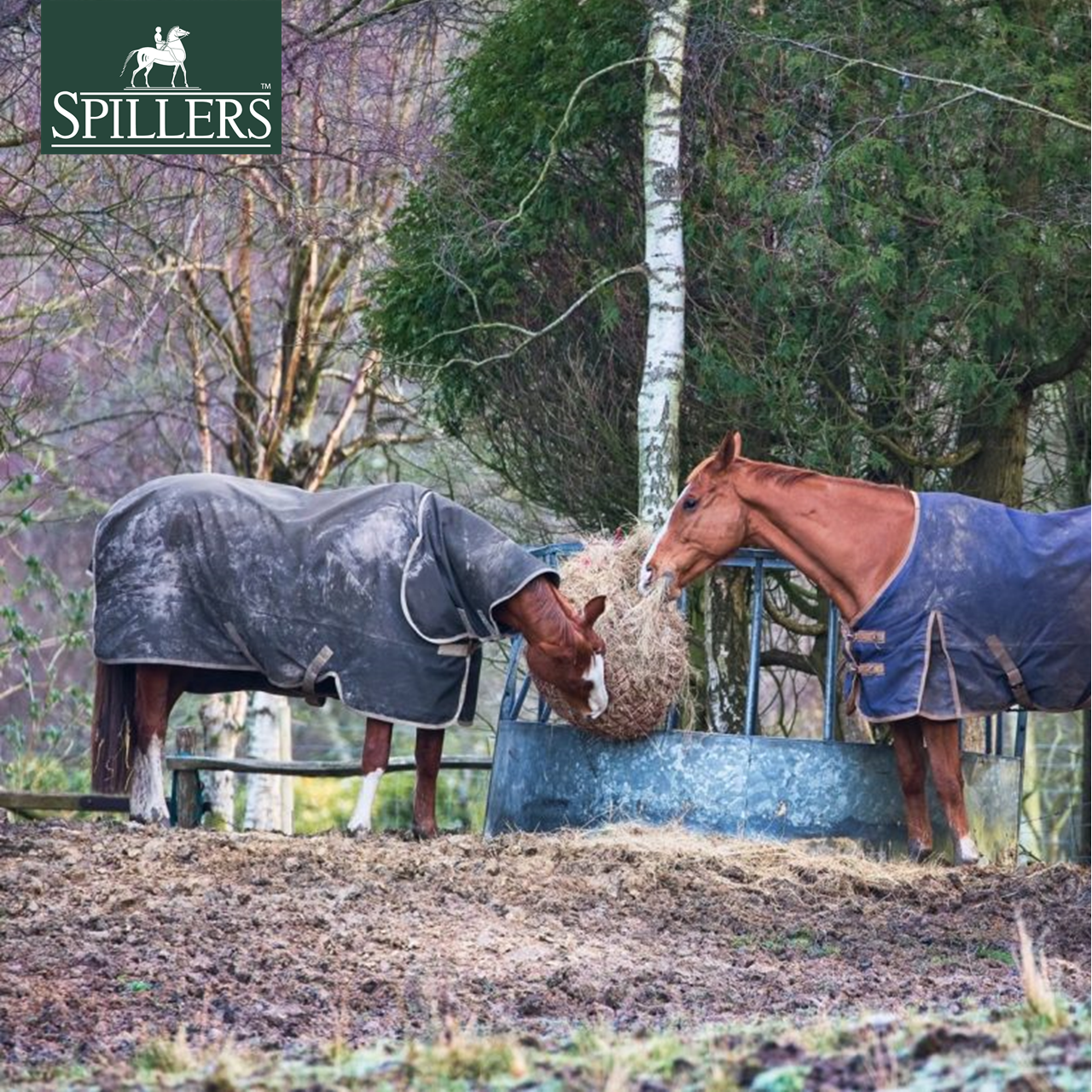
Poor grazing and cold weather make winter particularly challenging for poor doers (and their owners!). If you’re worried about how to ensure your horse gains or maintains weight safely this winter, the following tips and advice might help…
Be prepared
The aim here is to prevent weight loss before it starts. Provided they are otherwise healthy and not laminitic, going into winter at a body condition score of 6/9 may help poor doers buffer excess weight loss.
Identifying the cause of weight loss
It’s important to ensure that an underlying clinical condition, worm burden or dental issue can be ruled out, so, if necessary, seek advice from your vet and/ or an equine dental technician. In many cases weight loss is the simply the result of under-supplying calories so in these situations, start by feeding as much forage as your horse/ pony will eat (while being mindful of excess waste) and check whether you are feeding the recommended amount of your current feed - a simple increase may be all that is needed.
The importance of forage
Forage is key to maintaining digestive health and accounts for a significant portion of daily calorie intake so ideally, provide hay or haylage in the field as well as the stable. Hay replacers are essential for horses and ponies unable to manage hay/ haylage due to dental issues.
If you’re concerned about your horse’s appetite, try to monitor how much hay/haylage they are eating, ideally by weighing how much you feed and how much is left every day for 3-5 days. For those without grazing, aim for a minimum intake of 2% bodyweight per day on a dry matter basis. For a 500kg horse without grazing, this is equivalent to around 12kg of hay (14kg if you intend to soak it before feeding) or 15-16kg of haylage (sometimes more) on an as fed basis (the amount you weigh out). Haylage is not automatically higher in calories (or sugar) as commonly thought but due to the higher water content, you need to feed more of it on an ‘as fed’ basis– the water doesn’t count towards your horse’s forage intake!
Calories explained
Calories is a term we all associate with bodyweight, but have you ever noticed the word ‘calories’ doesn’t feature in the nutrient table on the back of your feed bag? Calories is a measurement of energy but in the UK, energy in equine feeds is expressed in ‘megajoules of digestible energy’ (MJ DE) as opposed to kilocalories in human food. If your horse is prone to excitability, choosing a high energy feed can seem daunting but in the large majority of cases, it is the source of energy that you feed rather than the amount that may increase the risk of feed related excitability (cereal starch is the common culprit!).
The benefits of fibre and oil
Choosing fibre-based feeds that are low in starch and sugar helps to support digestive health and reduce the risk of unwanted excitability. Oil is approximately 2.5 times higher in energy (energy = calories) compared to cereals and starch free, making feeds high in oil a sympathetic alternative to mixes and other cereal based feeds. Tolerance to cereal starch varies between individuals but if your horse is prone to excitability, start by choosing feeds containing less than 15% starch (or less than 10% for very sensitive horses). However, it’s important to remember that the amount of starch (or any nutrient) consumed from any feed will depend on how much of it is eaten! If your horse is prone to a clinical condition such as laminitis, colic, gastric ulcers or tying up, speak to a nutrition advisor before making any changes in diet.
Sugar beet
Sugar beet has been a winter staple for generations. It’s an excellent source of highly digestible fibre, low in starch and gram for gram, contains a similar level of calories to a conditioning feed. However, the increase in volume after soaking can make it easy to over-estimate how much you are feeding. In fact, a scoop of ‘Horse and Pony Cubes’ may be 4 times higher in calories than a scoop of soaked sugar beet! Always weigh sugar beet and other soaked feeds before soaking.
Balancers are not ‘conditioning’
Due to the low feeding rate, all balancers (except stud balancers) provide minimal calories. Feeding the recommended amount of an appropriate compound feed, fibre or mash containing added vitamins and minerals is often the most convenient and cost-effective way of providing additional calories and a balanced diet. However, if you are feeding ‘straights’ such as sugar beet, alfalfa, or grass nuts a balancer is a great way to provide vitamins, minerals and amino acids (quality protein).
Feed small meals
Feeding large meals can increase the risk of conditions such as colic and tying up and in some cases, may even contribute to weight loss. Feed no more than 2kg per meal (dry weight) in total for horses and less for ponies.
Keeping warm
Ensuring poor doers are appropriately rugged helps to ensure they don’t waste valuable energy (calories) keeping warm. However, rugs can hide a multitude of sins, so remove them regularly to assess your horse’s body condition and check for signs of rubbing.
To ensure your horse is getting the nutrients they need during these tough months, download our guide on feeding poor doers or speak to a member of our friendly and experienced nutrition team here.
Content reviewed September 2024
